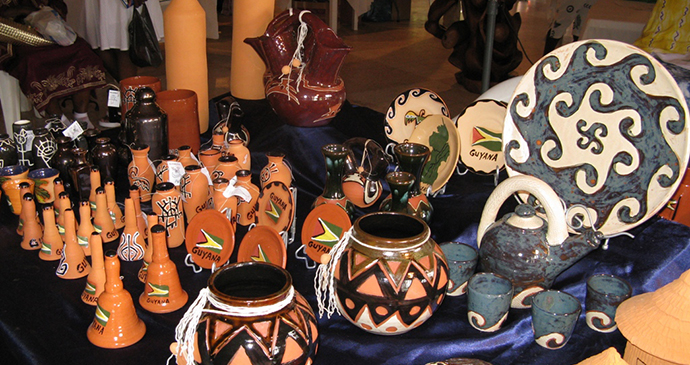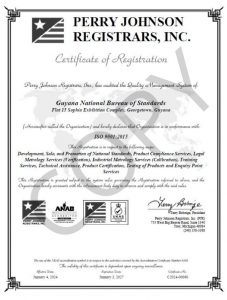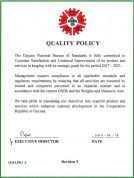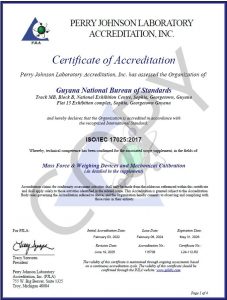Guyana’s indigenous peoples are known for their craftsmanship. Using the materials from their surroundings and skills perfected over time, they continue to design unique pieces of traditional and non-traditional items. One of the common materials used is wood; the various species harvested from trees surrounding indigenous settlements in Guyana’s hinterland regions. From this, miniatures, utensils, canoes and other handicrafts are made for sale.
Through available National Standards, the Guyana National Bureau of Standards can play an important role in maintaining the viability of artisans’ businesses within the traditional craft industry, while at the same time, supporting local tourism. One of these standards is the “Code of Practice for Manufacture of wooden craft items (GCP 31:2010)”, which was adopted from CARICOM. The standard seeks to promote the quality of wooden craft items.
Focused more on performance than prescriptive requirements for craft items, this Code of Practice establishes the minimum requirements for the manufacture and production of wooden craft items. However, it does not apply to production techniques used solely for high volume output if such techniques: a) do not add to the overall quality and design; and b) are not performed with the skill and craftsmanship required.
The Standard is voluntary, but artisans are encouraged to acquire a copy of the document and implement its requirements to improve their productivity and capability to access regional markets.
Focused on work made by individual craft persons by hand, the Code of Practice may be applied to the manufacturing stage or at the point of sale to retailers and end consumers. Even though some craft persons and manufacturers may employ tools, technology and other expertise to improve efficiency and production, the standard is still useful to ensure quality and consistency.
The standard outlines requirements for supplies used in production. According to the document, wooden materials used in the production of craft items should be carefully selected to ensure they are appropriate. To fulfill the requirements, artisans must consider the maturity of the wood, durability when exposed to normal tropical and equatorial environmental conditions, and signs of decay or insect attack, among others.
In relation to adhesives, it is required that glues and pastes be durable and non-toxic, and where possible, water-based. Additionally, for craft items intended to be used for food preparation or storage, only food-safe glues shall be used. Similar requirements are in place for finishes and finishing materials.
Importantly, the standard restricts the use of reclaimed wood for crafting utensils unless the history of the wood is clearly known. To defend this requirement, the standard notes that some wood may have been sprayed with poison in its previous use to reduce or eliminate termites.
To conform, craft persons shall be responsible for assuring that craftwork and their operations meet all local or regional regulations for health, safety and the environment. As such, labels on each item shall include the name and address of the manufacturer or trader, type of dominant material, type of finish and a precautionary note for general use and care.
To purchase a copy of the Code of Practice for Manufacture of wooden craft items, contact the GNBS on telephone numbers: 219-0064 or 219-0065 or WhatsApp us on 692-4627.






